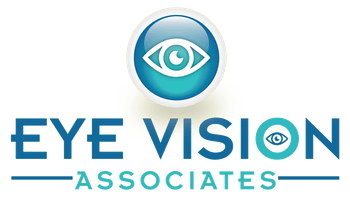 Lyme disease is an infection caused by a tick bite infected with the bacterium Borrelia burgdorferi. According to the American Lyme Disease Foundation, the bacteria is transmitted to humans through the bite of infected black-legged ticks.
Lyme disease is an infection caused by a tick bite infected with the bacterium Borrelia burgdorferi. According to the American Lyme Disease Foundation, the bacteria is transmitted to humans through the bite of infected black-legged ticks.
Lyme disease initially affects the skin near the bite site. However, if left untreated, the infection can extend to the nervous system, joints and other organ systems.
What are the Symptoms of Lyme Disease?
Lyme disease symptoms usually include a rash at the site of the bite that looks like a bull’s eye. Further symptoms may include:
- Fever
- Fatigue
- Joint pain
- Headache
- Sore throat
- Swollen glands
As the disease progresses, one may develop memory loss, attention problems and numbness in the hands, feet and arms.
How Does Lyme Disease Affect Vision?
Lyme disease is typically divided into three stages: early localized, early disseminated and late disseminated. According to the American Academy of Ophthalmology (AAO), Lyme disease can affect the eyes at any stage.
The severity of ocular problems may vary greatly. Different symptoms appear at different phases of the infection. The following are examples of possible Lyme disease eye complications:
Conjunctivitis
Conjunctivitis, often known as pink eye, is an inflammation of the white part of the eye known as the conjunctiva. Conjunctivitis usually appears within the first several weeks of the infection. According to the AAO, conjunctivitis affects roughly 10% of Lyme disease patients. Symptoms include red eyes, itchy eyes and discharge.
Light Sensitivity
For some, light sensitivity is a side effect of Lyme disease. Light sensitivity can also be an adverse effect of several antibiotics used to treat Lyme disease.
Inflammation
Lyme disease patients might potentially develop inflammation of the eye structures. Eye inflammation commonly appears in the third or late stages of the disease. Inflammation of the optic nerve can cause vision loss. Optic neuritis symptoms include eye pain, color vision loss, and flashing lights.
Inflammation of the retinal vessels can also cause impaired vision and floaters. Bell's palsy-like symptoms might arise if the facial nerves become inflamed. Symptoms may make it difficult to close the eye, causing the cornea to become dry and potentially infected.
Visual Treatment of Lyme Disease
Medical treatment for Lyme disease doesn’t always address Lyme-related visual problems, and without treatment, vision may still be impaired long after medical treatment is completed.
Any inflammation in the body can negatively affect the functioning of the limbs and organs. This is especially true for the brain and the visual system, which are often affected by Lyme disease.
That’s where neuro-optometry can help.
Neuro-optometry evaluates how our eyes and brain function together. When Lyme disease affects that connection, a patient’s balance may be affected, causing their vision and depth perception to be affected as well.
A neuro-optometrist may utilize lenses, prisms and, in some situations, neuro-visual therapy. Neuro-visual therapy is a rehab program for those who have had a neurological incident that has affected their vision and its functioning/processing.
This is especially true in the case of children. Lyme disease can disrupt important developmental cycles, resulting in visual problems and the likelihood of developmental delays and learning difficulties.
If you or your child has been diagnosed with Lyme disease, contact Eye Vision Associates, to learn whether it has affected your vision.
Eye Vision Associates serves patients from Nesconset, Ronkonkoma, Lake Grove, and Centereach & Hauppauge, New York and surrounding communities.
